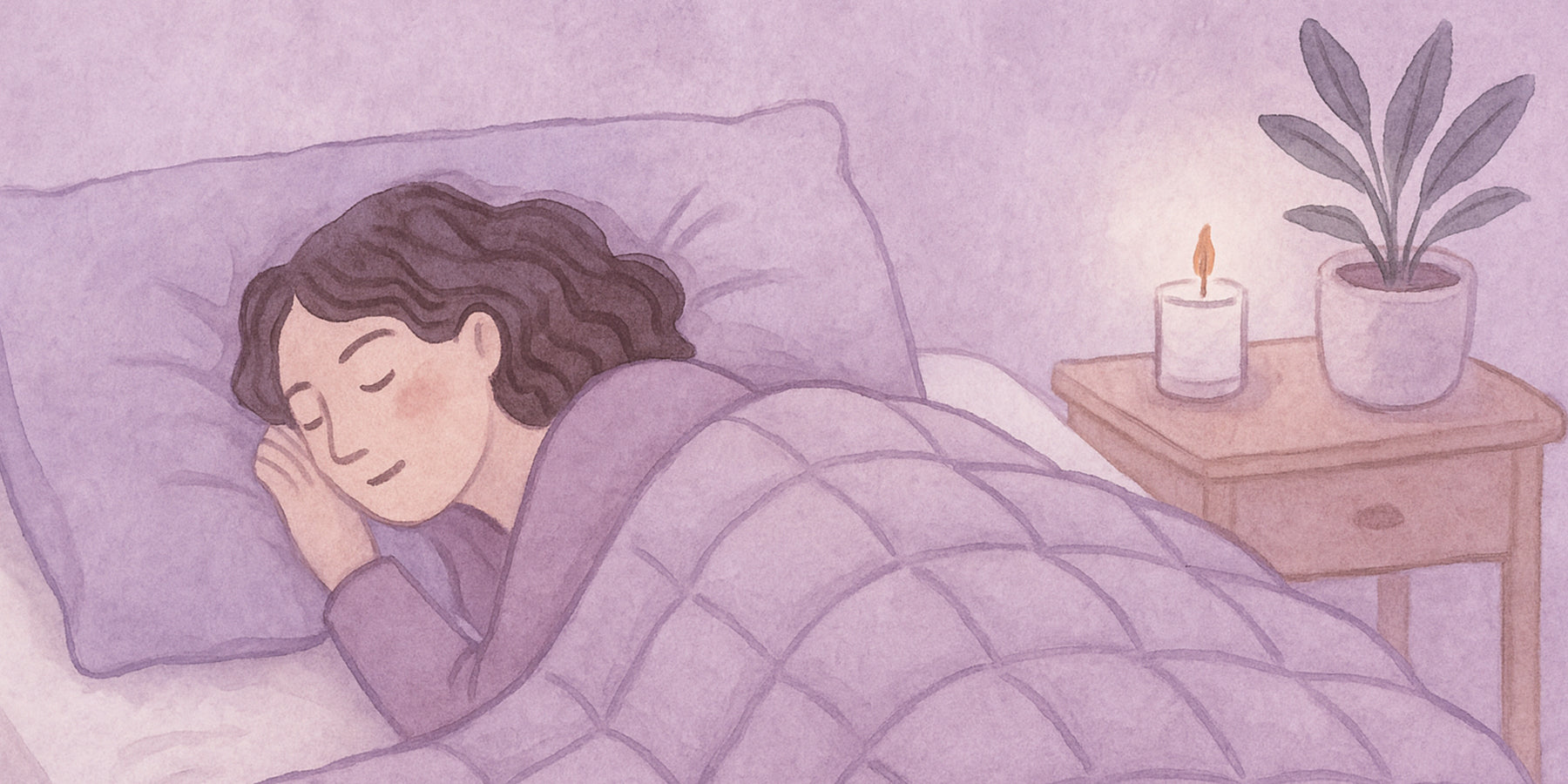How should you actually meditate? Well that depends. There are hundreds, perhaps thousands, of ways to meditate. In this article, we give you four well-known meditation methods that you can practice.
Four well-known meditation methods
- Concentration Meditation
- Insight Meditation
- Compassion Meditation
- Guided Meditation
Concentration Meditation
In concentration meditation you focus your attention on 1 object. You use that object as an anchor. A frequently used object is breathing as you can observe it in the abdominal area. You are then fully present with the physical sensations that you can perceive on the inhalation and exhalation. You focus your constant attention on this. At least that is the intention! It's not always that simple. You will soon find yourself lost in thought or otherwise distracted. As soon as you notice this you go back to your anchor, your meditation object. In addition to breathing as you can observe with the abdomen, other concentration objects are also used, such as the air that you feel flowing when inhaling and exhaling through the nose, colored discs, a candle flame, the wind in trees or a bowl of water. .

Insight Meditation
Insight meditation is also known as Vipassana . Just like the concentration method as described above, insight meditation is also a Buddhist meditation form. The basis is the same as with concentration meditation, but the difference is that when you are distracted in insight meditation, what you are distracted from becomes your new meditation object. So if you're distracted by a tickle or knee pain, that becomes your new meditation object. Then let your attention rest on this.
Insight meditation is further aimed at (you guessed it…) gaining insights. But what insights? It's not so much about understanding why you have certain patterns, or understanding how your childhood influences how you are now. It is more about universal than personal insights as described in the Dhamma (that is the teaching of the Buddha). If you want to deepen your understanding of meditation, it is recommended that you first, or simultaneously, delve into Buddhism .

Compassion Meditation
Just as there are many forms of concentration meditation, there are also many forms of compassion meditation. The Buddhist form is also called Karuna meditation. In this form of compassion meditation you repeat compassionate wishes within yourself, like a kind of mantra. A phrase often used is “May I be free from suffering”. This form of compassion meditation is also often practiced along with Metta meditation, which is aimed at developing loving-kindness.

Guided Meditation
Do you want to make it easy on yourself? Then you can also set up a guided meditation. In a guided meditation, the person you are recording, often a meditation teacher, guides you through the meditation. The teacher is then a kind of guide who guides you in your meditation process. It is important that you look for a guided meditation that suits you. The teacher has to suit you, but also the type of meditation it accompanies. There are many Apps with guided meditations and there are also plenty on Youtube .

Do you also like to inspire others? Do you want to write or visualize about finding happiness in small, simple or logical things? Become a Happlify content creator












Interesting? Share with someone:
Storm weekend: a Happy Place cabin for the kids = me-time for you
Happlify style guide: happy trend alert Smiley